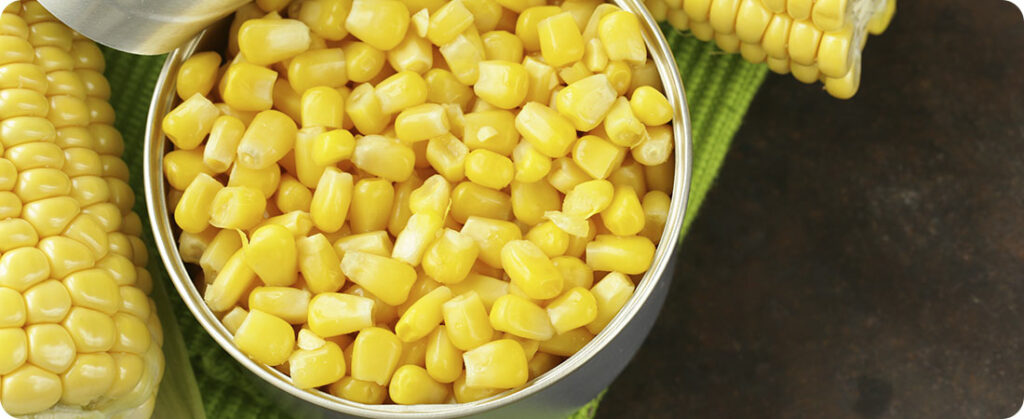
According to the Monitoring Bulletin of the National Supply Company (Conab), Minas Gerais, even with planting about to be completed, faces a challenge: the development of crops below the expected potential, a direct consequence of the soil's low water reserve. Contrasting this scenario, in Rio Grande do Sul, corn Sown in August have already advanced to the reproductive stage, although recent rains and cloudy weather impose obstacles to the pollination of the crop.
Minas Gerais
Although planting is being completed, crop development is not reaching the expected potential, a direct consequence of the soil's low water reserve.
Rio Grande do Sul
On the other hand, in Rio Grande do Sul, corn Sown in August have already started the reproductive stage. However, recent rains, together with predominantly cloudy weather, have compromised crop pollination.
Bahia
In Bahia, corn sowing is progressing slowly, adjusting to the rainfall regime, especially in the West region. It is estimated that approximately 6% of areas require replanting, which reflects the impact of the water deficit also present in other regions of the state.
Paraná
In Paraná, the scenario is more favorable. With planting already completed, most areas are in reproductive stages. Drier climatic conditions have favored the carrying out of cultural treatments, resulting in a good general development of crops.
Santa Catarina
In Santa Catarina, the reduction in rainfall was a positive factor for the development of crops, but excessive rainfall during pollination resulted in grain failure in the ears. The incidence of diseases, especially bacteriosis, due to excessive humidity, is a warning for constant phytosanitary surveillance.
São Paulo
In the state of São Paulo, corn planting has already been completed, and crops are developing well, reflecting efficient agricultural management and adaptation to local climatic conditions.
Goiás
In Goiás, crops are in favorable phytosanitary conditions, with some areas already beginning the reproductive stage, an indication of the region's productive potential.
For
Finally, in Pará, the pace of corn planting is slow, progressing according to the occurrence of precipitation.

Development of the first corn crop in Brazil: Challenges and delays in flowering
Practically half of the first harvest corn crops are undergoing vegetative development. However, around 21.7% of crops are going through the crucial flowering period. And the outlook for the next few days indicates adequate conditions, with slightly more rain and temperatures below the upper basal temperature.
Even so, general progress went from 65.9% to 73.5% in the states analyzed by Conab. Comparing with 82.3% in the corresponding period in the previous harvest, the general situation can be considered as delayed.

-In Maranhão, there was an increase in the monitoring week to 7.0%, compared to 5.0% last week, indicating slow but continuous progress. Compared to the same period in the previous harvest, where it was at 36.0%.
-In Piauí, progress increased from 8.0% to 12.0% in the last week, showing faster development, however, compared to the previous year's 30.0% in the same period, this progress is delayed.
-In Bahia, the monitoring week saw a significant jump from 47.0% to 60.0%, contrasting with 89.2% the previous year, indicating that current progress is far behind
-In Goiás, there was a modest increase from 61.0% to 65.0% in the recent week. Compared to 72.0% from the previous harvest.
-Minas Gerais showed an increase from 81.0% to 94.0%, approaching the percentage of 100.0% from the previous year, therefore, a similar condition to the previous harvest.
-São Paulo reached 100.0%, jumping 30 percentage points in relation to the last monitoring.
-In Rio Grande do Sul, there was a slight increase from 84.0% to 86.0%, but still below the 89.0% of the last harvest, being classified as normal.
-Paraná and Santa Catarina have already completed operations.
Source: Aline Merladete | agrolink










